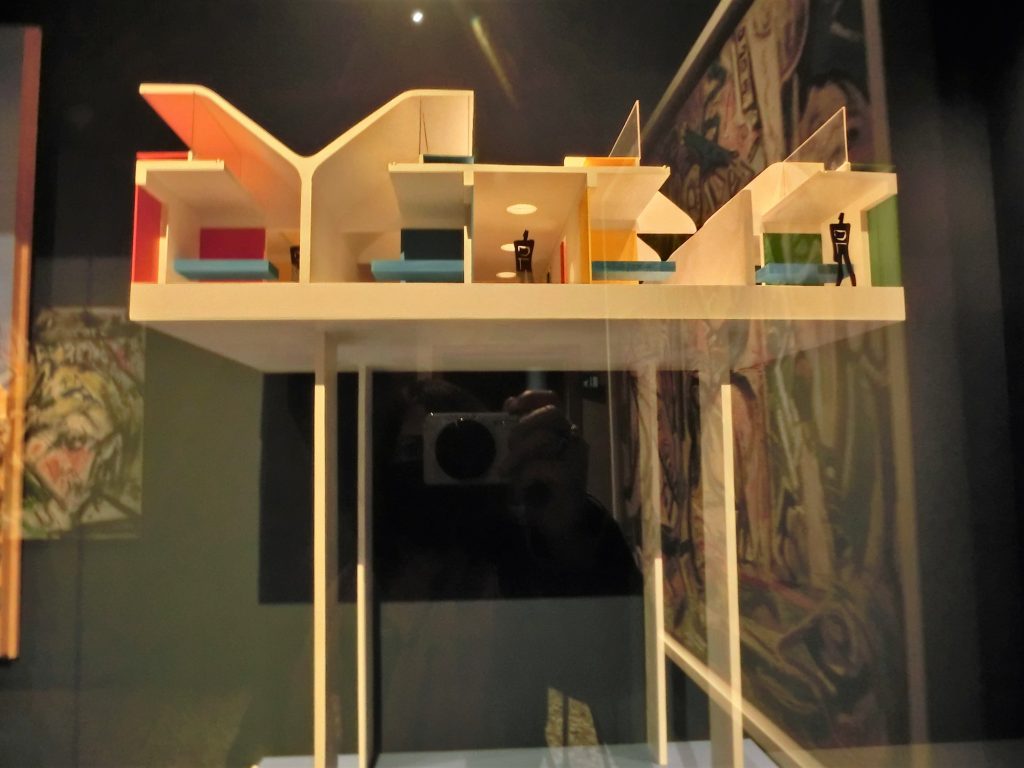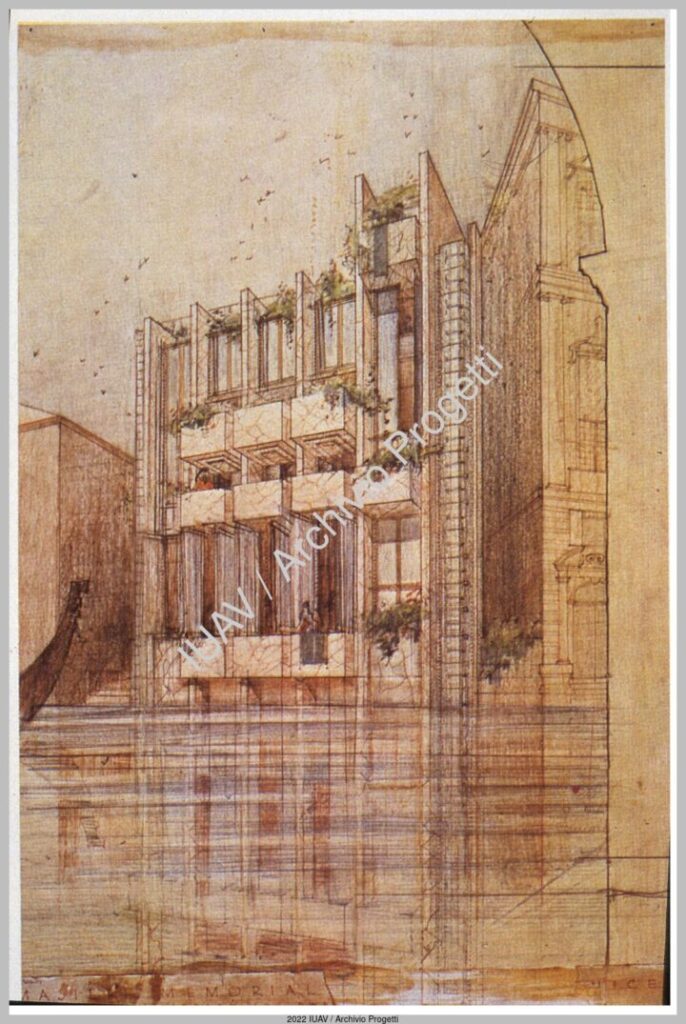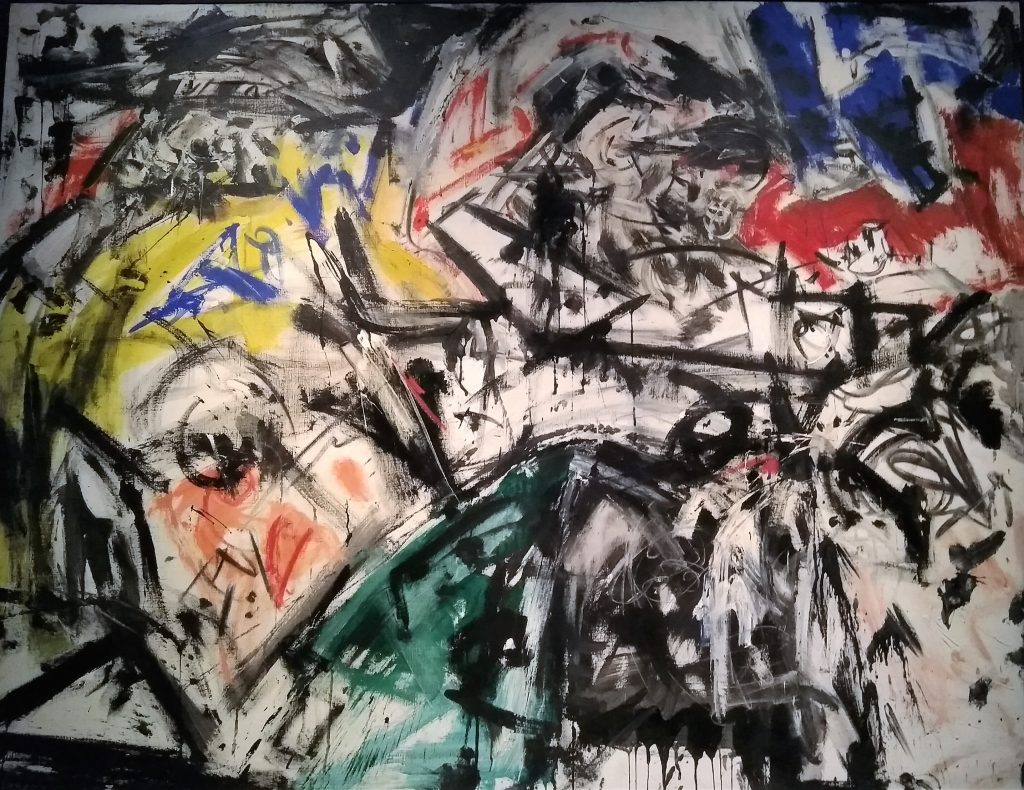
It seems strange to think that some of the most influential architects of the 20th century, such as Frank Lloyd Wright and Le Corbusier, presented significant projects for Venice during the last century. However, large projects were conceived for new Venetian architectures in the 1950s and 1970s.
These were unrealized works, but in the realm of architecture, projects and competitions are integral part of the work, and its beauty lies in the fact that it can be inhabited, experienced, but also seen, read, and, in the case of models, touched. Many architectures have existed only as unrealized projects.
In a city like Venice that appears immutable, contemporary architecture seems alien to the urban fabric. If contemporary architecture has, for obvious ‘physical’ reasons, occupied limited areas in the city, contemporary art seems to enjoy a newfound vitality in Venice. On one hand, there are some historical institutions and museums dedicated to contemporary art, such as the Venice Biennale, the Peggy Guggenheim Collection, the Francois Pinault Foundation, or relatively newer entities like the Emilio and Annabianca Vedova Foundation. On the other hand, there are small private galleries. These small galleries, offering quality proposals, have tenaciously resisted during the pandemic, often representing the only alternative to the closure of large museum structures and foundations.
Venetia 1600, births and rebirths
Of these great 20th century architects and their unrealized projects in Venice, treated one room of the exhibition the exhibition “Venetia 1600, births and rebirths” (2021). The exhibition, under the scientific direction of Gabriella Belli, was ideologically willing to traverse a thousand and six hundred years of Venetian history, through artworks, documents, maps, costumes, and photographs. The works in the exhibition came mainly from the rich Venetian deposits and museums.
Curated by Guido Zucconi, former professor at IUAV and the Venice International University, the section dedicated to 20th-century architecture shares space with the paintings of Emilio Vedova and Jackson Pollock and had the merit of showing us projects that are rarely accessible to the general public.
Masieri Foundation Project by Frank Lloyd Wright in Venice
In 1952, Angelo Masieri, a young architect and student of Carlo Scarpa and Frank Lloyd Wright, died in an accident in the United States. The family asked the American architect to design a house on the Grand Canal that Angelo Masieri would have wanted him to build, but Frank Lloyd Wright’s project did not receive authorization and was never realized.
Angelo Masieri’s relatives, wanting to create what would become the Masieri Foundation dedicated to Angelo, later commissioned Valeriano Pastor and, in 1968, Carlo Scarpa, who was finally able to realize the interiors while leaving the external facade intact. Upon Carlo Scarpa’s death in 1979, the project was completed by his collaborators, including Franca Semi.
The Angelo Masieri Foundation still has its headquarters in the building on the Grand Canal next to Palazzo Balbi, the seat of the Veneto Region. It is a research center for students and curates exhibitions and publications.

Le Corbusier in Venice
On a larger scale was the project that the French architect was supposed to carry out in Venice. The realization of a project for the New Civil Hospital was entrusted to Le Corbusier in 1963.
The construction envisaged a complex with over 1200 beds to be built in Cannaregio in the San Giobbe area. The architect’s initial project conformed to the average height of the city’s buildings, with structures less than fourteen meters high and rooms arranged on three floors. The complex tended to expand more in width, and patient rooms had a natural source of light from above to provide a relaxing space. His project followed a previously announced competition that had seen, among others, the projects of Valeriano Pastor, Daniele Calabi, and Mario Dalla Costa.


After Le Corbusier’s death in 1965, his studio continued the project, but it was abandoned a few years later. Recently, the Civil Hospital of Venice has undergone some renovations, reconstructions, and redevelopment. The work has particularly focused on the Iona and Gaggia pavilions. To this day, the complex of the Civil Hospital continues to coexist with the ancient 16th and 17th-century structures.
The recent pandemic has taught us that a new public hospital, functional, of adequate size, and modern, is not only a sign of civilization for the city and the community but also a pressing need.
If you wish to discover architecture and art in Venice and love restoration, contact me for a private visit.
FIORELLA PAGOTTO — I am an art historian and a writer, author of essays on art history and biographies of artists. I also deal with the history of architecture and the history of architectural restoration. I have been a guide to the city of Venice and the Veneto villas since 2012, when I passed the Veneto Region exam.
The article was translated from the original in May 2024. This is the link to the Italian version
@ Copyright holder 2024 All rights reserved. No part of this publication and pictures can be reproduced, stored in a retrieval system or transmitted in any form or by any means, electronic, mechanicanical or photocopying, recording, or otherwise without the prior permission of the publisher.
